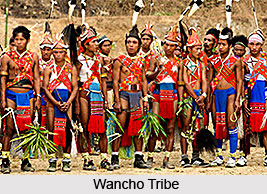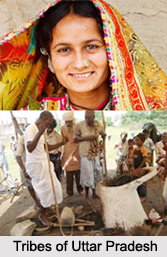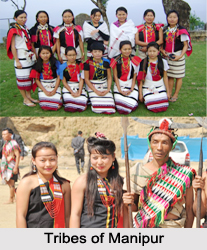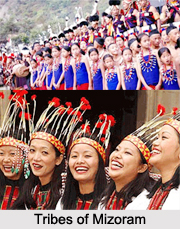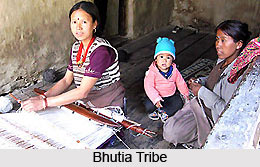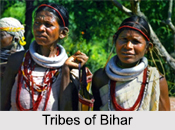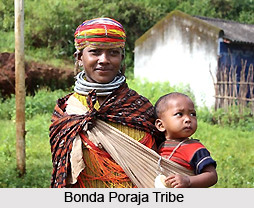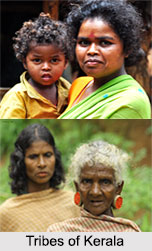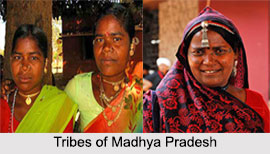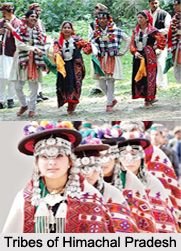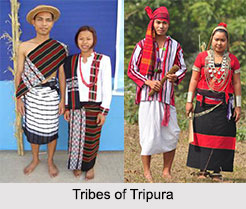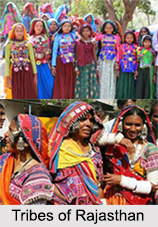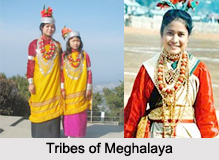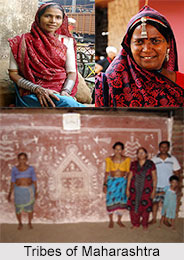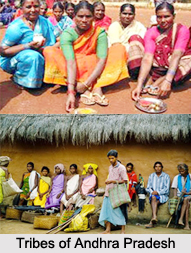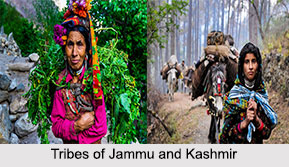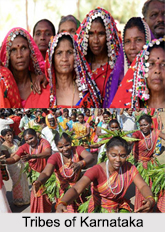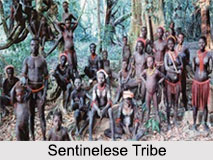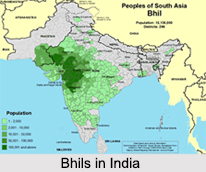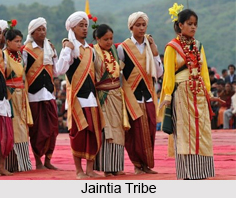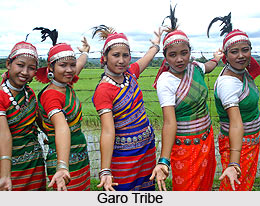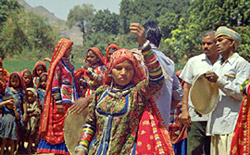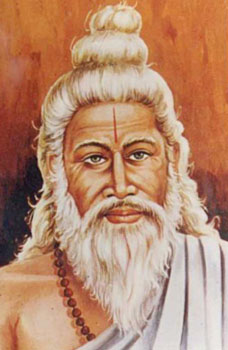 Asmakas or Assakas formed one of the Kshatriya tribes of ancient India. They are not mentioned in the Vedic literature, but their reference is found in the epics and Puranas. In an enumeration of the countries in `Bharatavarsa`, the land of the Asmakas is mentioned along with those of the most prominent Kshatriya peoples of ancient India, such as the Kurus and Surasenas. In the different recension of the Mahabharata, the name of the tribe varies, being spelt either Asniaka or Asvaka. In Pali Buddhist literature, the name is Assaka which may be the vernacular equivalent of either Asmaka or Asvaka.
Asmakas or Assakas formed one of the Kshatriya tribes of ancient India. They are not mentioned in the Vedic literature, but their reference is found in the epics and Puranas. In an enumeration of the countries in `Bharatavarsa`, the land of the Asmakas is mentioned along with those of the most prominent Kshatriya peoples of ancient India, such as the Kurus and Surasenas. In the different recension of the Mahabharata, the name of the tribe varies, being spelt either Asniaka or Asvaka. In Pali Buddhist literature, the name is Assaka which may be the vernacular equivalent of either Asmaka or Asvaka.
It has been mentioned in history that in the Mahabharata the Asmakas are found ranged on the Pandava side in the Kurukshetra war; in a list of the tribes conquered by Karna, the Asmakas are mentioned along with the Vatsas, Kalingas, Rasikas. The Anguttara Nikaya, like the Puranas mentions that Assaka was one of the sixteen Mahajanapadas of Jambudwipa.
History states that the Asmakas had an abundance of food and gems, and was wealthy and prosperous. Potana was the capital city of the Assakas. In the Suttanipata, one of the oldest works of the Pali Buddhist literature, the Assaka or Asmaka country is associated with Mulaka with its capital Patitthana (Paithan), and is mentioned as situated on the bank of the river Godavari, immediately to the south of Patitthana. The country of the Asmakas is closely associated to the land of Avanti.
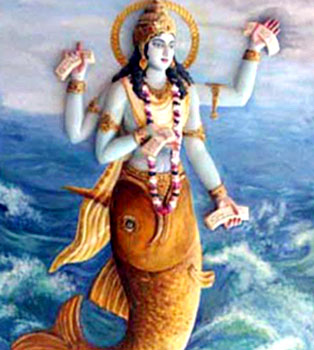 The legend about Asmika, the founder of Asmika tribe says that once Sudasa, who is often identified with the Rig Vedic hero who won the battle of the ten kings, went to the forest to hunt. He killed a tiger, and the dying animal took the shape of a terrible monster bent on wreaking vengeance on the king. After this when Vashistha, the king`s priest, had departed after performing a sacrifice for Sudasa, the monster assumed the form of the priest, appeared before the king, and asked him to prepare meat for him to eat. The monster once more changed his appearance, and appeared before King Sudasa in the guise of a cook. When ordered by the king to prepare a dish of meat for Vashistha, he cooked human flesh; and the king offered the dish to the genuine Vashistha when he arrived. Vasistha thought the king to be wicked in offering him meat; and when, after meditation, he discovered that it was actually human flesh, he cursed the king, saying that he would become a monster, greedy for human flesh. When the king told him that it was by Vashistha`s own order that the dish had been prepared, the Risi meditated once more, learnt the whole truth, and modified his curse to have effect for twelve years only. The king, in his turn, was about to curse Vashistha, but his queen Madayanti entreated him to forbear, and appeased his wrath. The king washed his feet with the curse-water; his legs turned black, and thenceforward he was famous as Kalmasapada.
The legend about Asmika, the founder of Asmika tribe says that once Sudasa, who is often identified with the Rig Vedic hero who won the battle of the ten kings, went to the forest to hunt. He killed a tiger, and the dying animal took the shape of a terrible monster bent on wreaking vengeance on the king. After this when Vashistha, the king`s priest, had departed after performing a sacrifice for Sudasa, the monster assumed the form of the priest, appeared before the king, and asked him to prepare meat for him to eat. The monster once more changed his appearance, and appeared before King Sudasa in the guise of a cook. When ordered by the king to prepare a dish of meat for Vashistha, he cooked human flesh; and the king offered the dish to the genuine Vashistha when he arrived. Vasistha thought the king to be wicked in offering him meat; and when, after meditation, he discovered that it was actually human flesh, he cursed the king, saying that he would become a monster, greedy for human flesh. When the king told him that it was by Vashistha`s own order that the dish had been prepared, the Risi meditated once more, learnt the whole truth, and modified his curse to have effect for twelve years only. The king, in his turn, was about to curse Vashistha, but his queen Madayanti entreated him to forbear, and appeased his wrath. The king washed his feet with the curse-water; his legs turned black, and thenceforward he was famous as Kalmasapada.
As a result every third night thenceforth the king took the shape of a raksasa, and strolling about the forest, used to kill human beings. One night he ate a Brahmani`s husband, and the Brahmani cursed him. After twelve years, the king was duly freed from the curse of Vasistha. The king desired an heir. Queen Madayanti had an heir with Vasistha and the son was named Asmaka.
The legend proceeds further saying Asmaka`s son was Mtilaka, and his great-grandson is said to have been Dillpa, the forefather of Lord Rama. Thus a connection is established between the Iksvakus and the Asmakas. In the Matsya Purana it has been said that twenty five Asmaka kings were contemporary of Sisunagas and had reigned over Magadha before the coming of the Nandas. It has also been said that Kalinga was also a close neighbour of the Asmakas.
